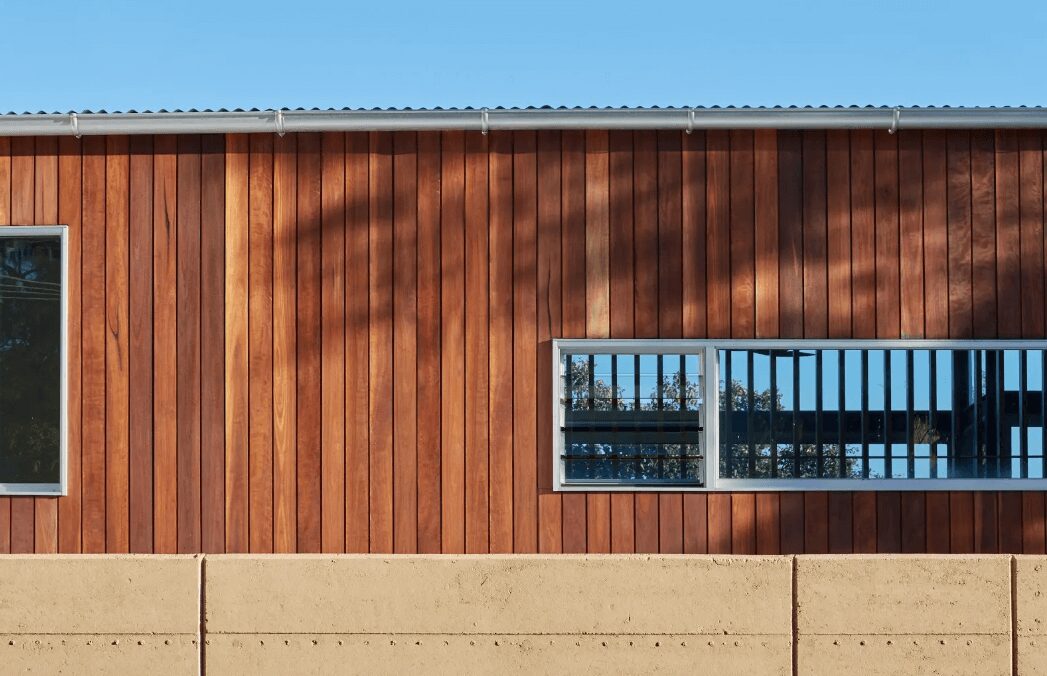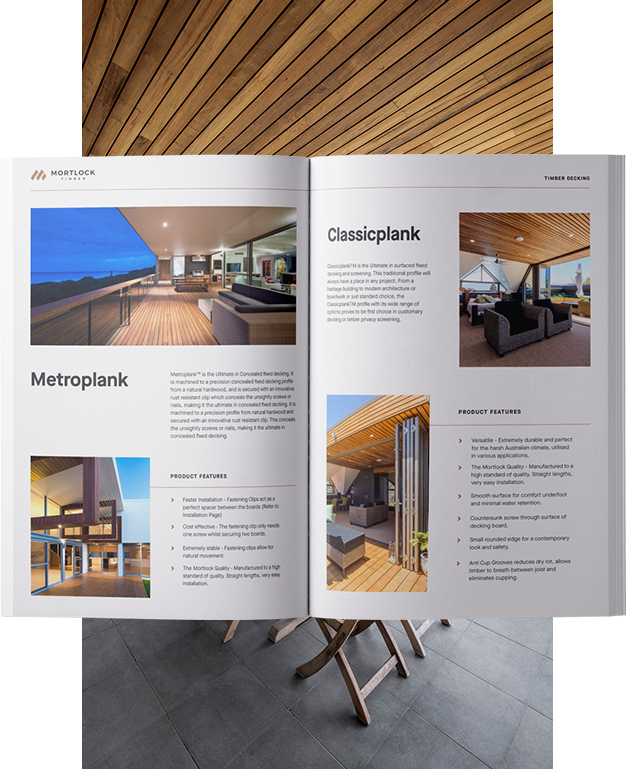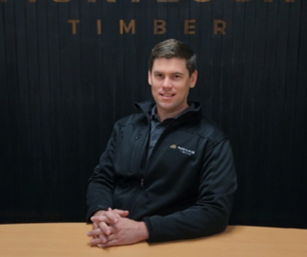What Is the R-Value of Timber Cladding?

When specifying timber cladding, most designers focus on appearance, durability, and finish. But there’s another performance factor worth considering — thermal resistance, or R-value.
What Is R-Value?
R-value measures a material’s ability to resist heat flow. The higher the R-value, the better the material insulates. It’s a key part of meeting energy efficiency requirements under the National Construction Code (NCC).
While timber is not primarily used for insulation, its R-value can still contribute to a building’s total thermal performance — especially when combined with other layers like cavity systems and insulation batts.
How Is R-Value Calculated?
The R-value of a material is calculated by multiplying its thermal resistance per unit thickness by the actual thickness of the material. For timber, the standard reference is often per 25mm of thickness.
Different species have different thermal resistances due to their density. Softwoods typically insulate better than dense hardwoods like Spotted Gum.
Example: Spotted Gum (19mm thick)
Step 1: Use a typical R-value per 25mm
Spotted Gum, a dense hardwood, has an estimated R-value of R0.12 per 25mm.
Step 2: Scale it down to 19mm using this formula:
R₁₉mm = R₂₅mm × (19 ÷ 25)
R₁₉mm = 0.12 × (19 ÷ 25)
R₁₉mm = 0.12 × 0.76 = R0.091
Conclusion:
For 19mm thick Spotted Gum cladding, the estimated R-value is approximately R0.09.
Estimated R-Value Table for 19mm Timber Cladding
| Timber Species | Type | Estimated R-Value (19mm) |
| American Oak | Hardwood | R0.08 – R0.09 |
| Blackbutt | Hardwood | R0.08 – R0.09 |
| Burnt Ash | Hardwood (Thermally Modified) | R0.09 – R0.10 |
| Ironbark | Hardwood | R0.07 – R0.08 |
| Jarrah | Hardwood | R0.08 – R0.09 |
| Malvec | Softwood (Thermally Modified) | R0.10 – R0.11 |
| Pacific Teak | Hardwood | R0.08 – R0.09 |
| Spotted Gum | Hardwood | R0.08 – R0.09 |
| Tasmanian Oak | Hardwood | R0.08 – R0.09 |
| Vacoa | Softwood (Thermally Modified) | R0.10 – R0.11 |
Can Timber Cladding Alone Meet NCC Requirements?
Not on its own. While timber provides a small thermal benefit, compliance with NCC insulation standards usually requires additional insulation materials behind the cladding.
However, knowing the R-value of your cladding helps accurately calculate the total system R-value — and may help reduce insulation thickness elsewhere.
Need Help Specifying Cladding?
If you’re specifying timber for a high-end project, talk to our team — we’ll help you get it right, from aesthetics to energy efficiency.
View our pricing and product guide

We are committed to bringing you timber products that add value and endure for years to come, even in heavy traffic and harsh weather conditions. We understand the value of efficiency when it comes to installation and keeping hardwood timber costs down. That’s why we’ve spent decades perfecting our designs to make them easier to handle, less wasteful and more efficient to install. This efficiency allows us to offer you premier products that are more cost-effective so that you can experience greater savings on timber wall costs, timber ceiling costs, timber cladding costs and timber decking costs.
Download our Pricing and Product Guide for our complete hardwood timber price list including timber decking prices, timber wall prices, timber ceiling prices and timber cladding prices.
